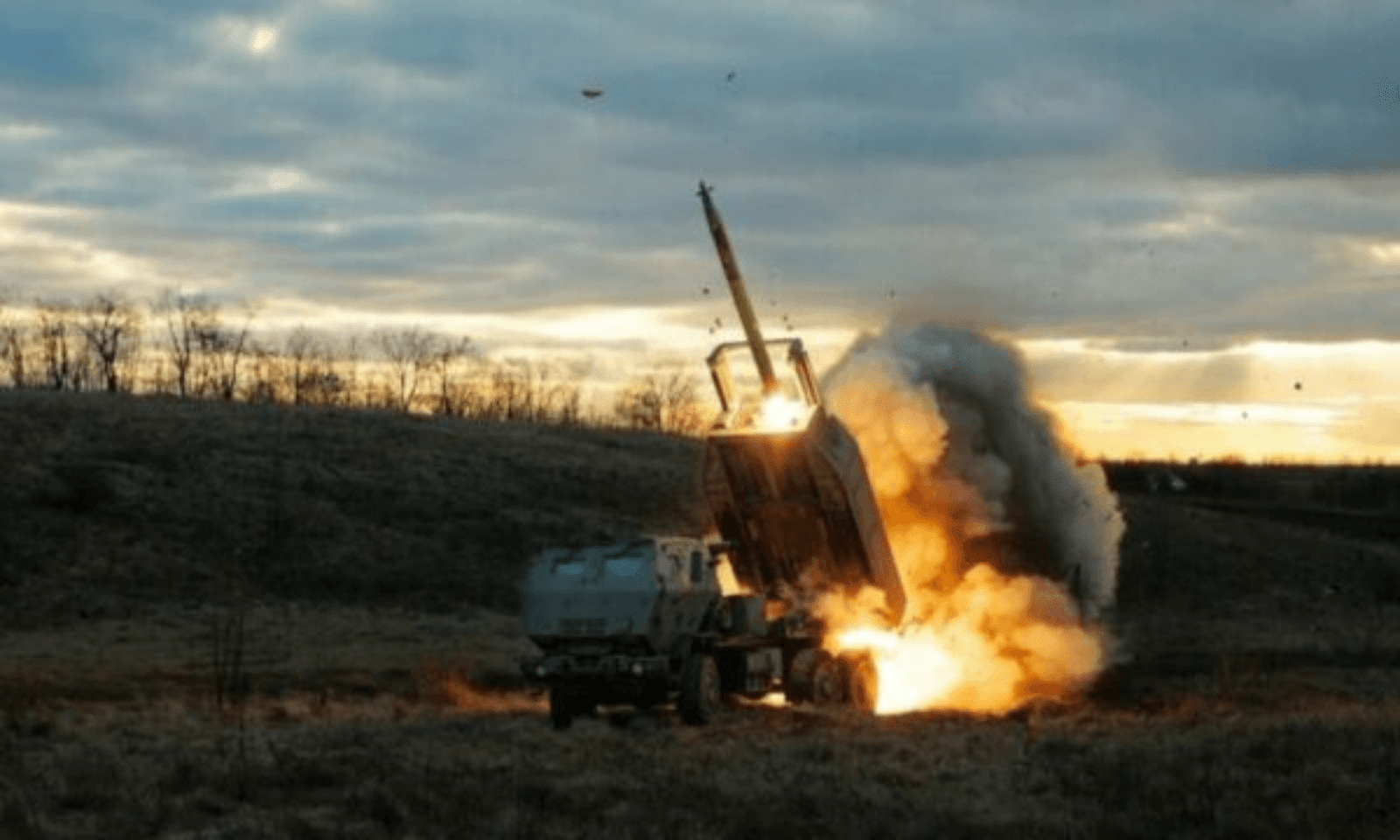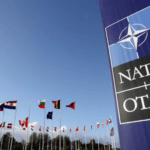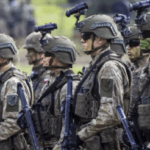On the front line, Ukrainian soldiers use a term to describe the Russian tactics they face every day, writes the BBC.
They call them “cannon fodder”: waves of Russian soldiers coming to their defensive positions, sometimes almost dozens of times a day, reports the Telegraph.
Lt. Col. Anton Bayev of the Khartia Brigade of the Ukrainian National Guard says wave after wave could arrive in just a few hours at front-line positions north of Kharkiv.
“The Russians use these units in most cases just to see where our equipment is and to tire out our units constantly,” he said.
“Our guys stay in position and fight, and when you have four or five waves of the enemy coming at you a day, which you have to destroy endlessly, it’s very difficult – not only physically, but also psychologically,” he added. he.
This tactic has led to staggering Russian casualties since Moscow launched its latest offensive two months ago. About 1,200 Russian soldiers were killed or wounded each day in May and June, the highest rate since the war began, according to Western officials.
Attackers are usually spotted quickly by drones overhead, and the Russians leave their dead and wounded on the battlefield, Lt. Col. Bayev says.
“Their main task is simply meat for the ball and our total exhaustion,” Bayev added.
The tactic is a sign that Russia is looking to make the most of its main advantage – numbers
In Pokrovsk in the Donetsk region, Capt. Ivan Sekach of Ukraine’s 110th Brigade compares what he sees to a conveyor belt that takes Russians to death, while still allowing them to move forward slowly.
Russia benefits from a significantly larger population than Ukraine. Some of those in the attacks are former prisoners, but Russia is also able to recruit by making one-time payments, sometimes thousands of dollars.
And there have been complaints from the Russian side about “mutilated regiments,” in which wounded soldiers are forced back into combat. A video shows dozens of men, some on crutches, calling out to their commanders as they say they are wounded and require hospital treatment, but are instead returning to the fighting.
All this, Western officials say, means Moscow can continue to throw soldiers, even if they are poorly trained, straight into the front lines at the same rate they are killed or wounded.
Ukraine could not match Russian tactics even if it had the numbers, in part because of a different attitude toward casualties. A senior general left in recent weeks after complaints he was using what are often called Soviet tactics – sending people to the front lines.
“There is a lot of criticism because we have lost a lot of our boys because of the Soviet-type mentality and strategy. We are limited by military manpower. We have no choice but to think about our people,” says Ivan Stupak, a former Security Service officer.
In the area around Kharkiv, Russian advances have stalled. But in the east, Russia’s lax approach is making slow but steady progress.
“Unfortunately, there are many Russians. And they are trying to carry out this operation centimeter by centimeter, inch by inch, 100 meters a day, 200 meters a day. And unfortunately, it’s successful for them,” says Stupak.
In Kiev, there is frustration at the pace of Western support. A senior official complains that they are getting enough help to make sure they don’t lose, but not enough to make sure they win.
Western officials admit that 2024 has been a difficult year for Ukraine, with delays in the arrival of US military aid creating a huge defense strain that has cost territory and lives.
“It looks like a so-called incremental approach,” Oleksandr Merezhko, chairman of Ukraine’s parliamentary committee on foreign affairs, told the BBC.
“We take little by little and I have the impression that our Western allies give little weapons and they see what happens next, as if they are afraid of what they refer to as escalation,” he added.
The lifting of restrictions on the use of US weapons over the border with Russia has made a difference and helped stop Moscow’s attack on Kharkiv.
“If we have to fight with our hands tied behind our backs, you know we’re going to bleed to death,” says Merezhko.
“That is why it is extremely important that we are allowed to use long-range missiles on the territory of Russia, and we already have results,” Merezhko added.
But a Ukrainian official said Russia’s use of long-range weapons was only a palliative and was not fundamentally changing the dynamics of the war.
“We’re heading for a stalemate,” says former security service officer Ivan Stupak, admitting that it could eventually lead to the “bitter pill” of some form of negotiation.
During a visit to Kiev this week, Hungarian Prime Minister Viktor Orban first suggested a ceasefire to speed up negotiations, a position that officials in Kiev are wary of.
“We are not ready to compromise on very important things and values,” Andriy Yermak, chief of staff of the Ukrainian president, told reporters in Washington.







